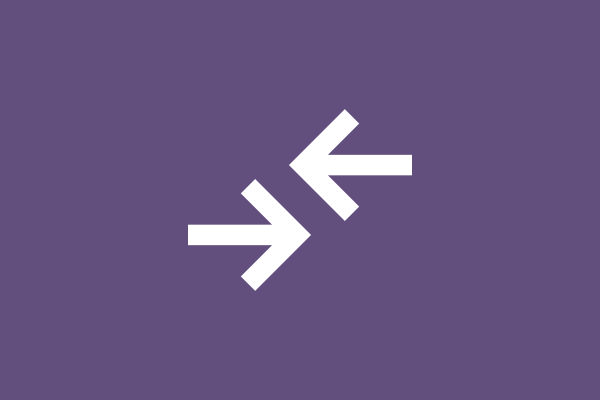Go async-first with your team
Use the filters below to find async-first methods that are relevant to your team. For detailed articles, check out the blog.
Sponsor a collaboration tools audit
To figure out what tools and capabilities you need for knowledge sharing, consider a collaboration tools audit. This’ll help you identify tooling gaps and to create an investment roadmap for your executives to approve.
Find the "goldilocks" zone
Not too easy. Not too difficult. Just right. How do you find that zone for your direct reports?
Don't oversubscribe yourself
Most people can’t reliably manage more than 4-5 people. Work with your HR team to streamline reporting relationships so you only have as many people to manage as you can truly care for.
Fund cross team retreats
Meeting people from different teams can be really fun. Such events are tough to organise, but incredibly valuable.
Identify community managers and curators
People won’t automatically adopt your knowledge and community platform. You need community managers and curators to make the platform attractive and useful to people.
Escape recurring meeting hell
Recurring meetings are the bane of leaders’ and managers’ existences. Just. Get. Rid. Of. Them.
Document your role
Don’t let your team be vulnerable to a low “bus factor”. Make your role explicit.
Eliminate bullshit jobs
No one needs to do meaningless, soul-sapping work. Not even you. Take the time to get rid of such work so you and your colleagues can focus on the work that brings you joy.
Be an authentic communicator
Be yourself when you communicate as a leader. People will find you more relatable that way.
1:1s with direct reports
The most effective tool to support and lead your direct report, is the 1:1 or one-on-one meeting. Here are some tips to do them well.
Tooling budgets
To follow an asynchronous, remote-first approach your people need the tools to be productive.
Team bonding budgets
If you care about culture and building teams - invest in it by setting aside time and money for it.
Rule of three for documentation
What’s the right time to document something? Liam Martin suggests the “rule of three” to identify the specific moment.
Bi-directional leadership comms
One way traffic doesn’t need to be synchronous. And synchronous communication better be bi-directional. Especially if it comes from you, dear leader!
Learn to respond with a link
When you write regularly, you’ll create referenceable artefacts. This will allow you to have fewer meetings. The artefact can serve as an efficient reference.
Be DRY when communicating
Think like a programmer. How can you avoid repetitive communication? Create once, share many times.
Communicate early and often
As a leader don’t take yourself too seriously. Be authentic and communicate early and often. The more you wait, the higher the stakes get.
Think TED when communicating as a leader
TED talks are influential and popular because of they’re relatively short. Take a leaf out of their book.
An async mindset to communication
Synchronous communication breaks down as your company grows. An async mindset to communication is more scalable and agile.
Think TikTok for leadership comms
In an attention-poor, time-starved world, short messages are winning messages.




















